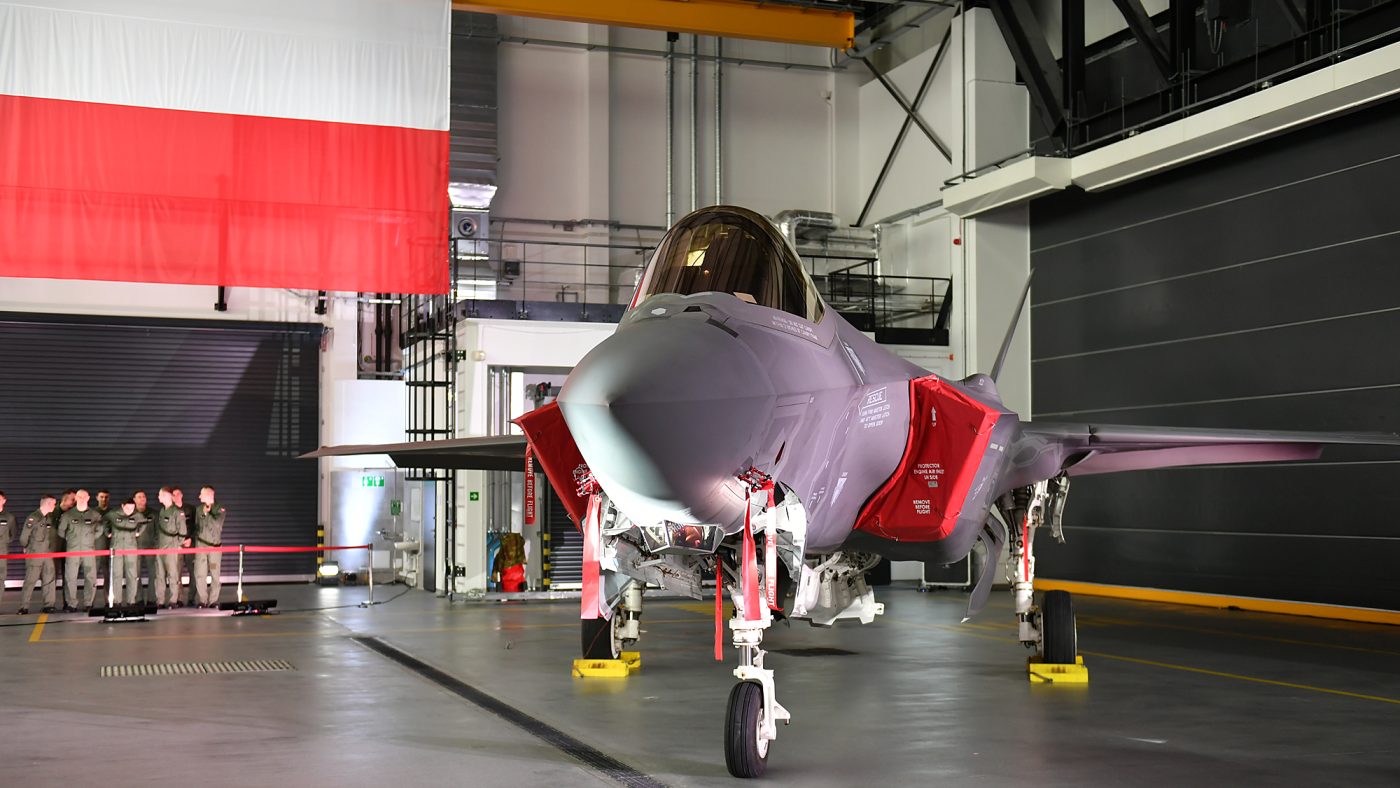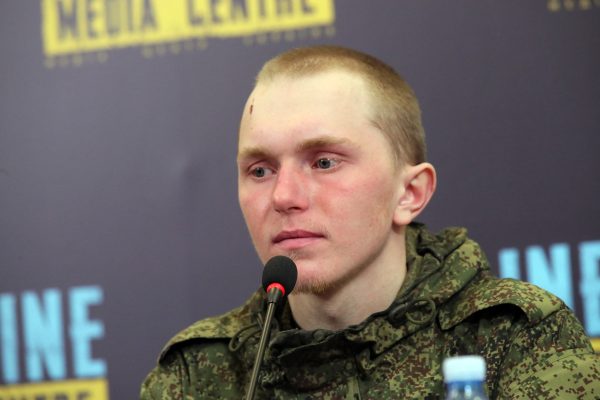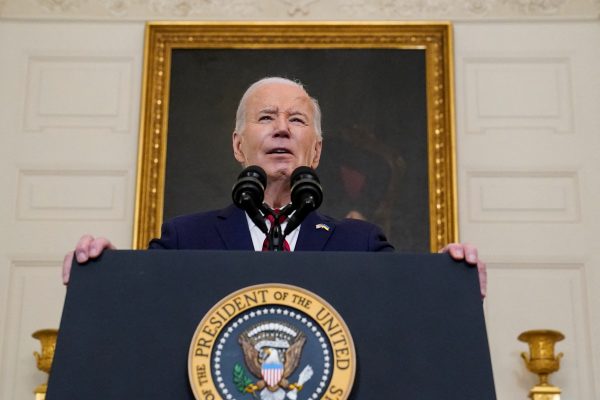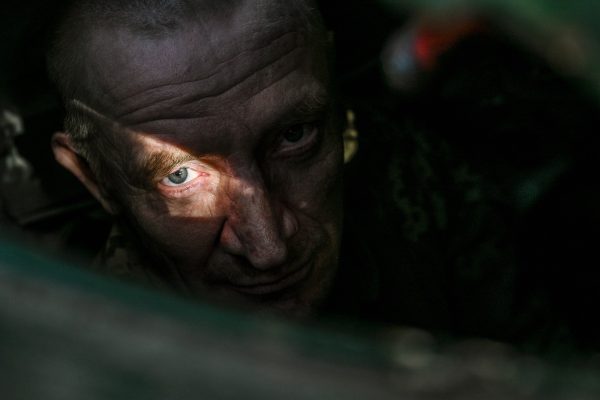NATO defense ministers begin discussions on this issue next month in Brussels. NATO Allies must now raise their sights. Russia’s aggression against Ukraine makes clear that European security has undergone its most radical change since the liberal-democratic revolutions of 1989. We must, once again, be ready to fight.
There are broader themes too. Quite apart from a major war in Europe, the growing threat from China is now clear. The United States remains the world’s preeminent power, but may find it hard to fight two major conflicts at the same time. Europeans must pay their own bills.
With tens of thousands of Ukrainians dying to defend their country, we must do whatever it takes to defend Ukraine, and ourselves. How much must NATO allies spend, and will they deliver on promises made? This time — unlike the only partially delivered 2% defense spending pledge — is no time for empty promises, which would dishonor and fail Ukraine, and our own citizens.
The existing 2% of GDP pledge on defense was agreed by NATO leaders in 2014 (though the original language used, which spoke of aiming to move towards 2%, was weak.) The target, along with real-world events and US pressure, has had some effect.
In aggregate, non-US allies have spent a total additional amount of around $300bn more in real terms since the original commitment was made. But many allies have yet to act with sufficient determination.
Last year, eight years on from the original pledge, only nine of the 30 NATO Allies were projected to spend 2% on defense. And it was only last year, in the wake of Russia’s all-out invasion of Ukraine, that a number of allies for the first time made firm commitments to reach 2%. Better late than never, but talk is cheap: will the commitments be delivered in practice?
Some allies have only promised to reach 2% at an absurdly slow pace:
- Denmark, one of the original foot draggers, committed to get there by 2033, and Belgium by 2035.
- Other key Allies are still well short of the 2% target (for example, Germany, which impressively pledged an extra €100bn — $107bn) over five years to reinvest in defense and help meet its target, is still at around 1.4%.
- Italy is at 1.5% and Spain – which made a commitment to 2% at last year’s Madrid Summit – at just 1%.
- Canada, another of the foot draggers from 2014, has yet even to make a commitment to 2%.
Given the threats we now face, how much is actually needed?
There is a strong argument that 2%, or – as some have suggested – “a minimum of 2%” (essentially the same thing using different words), is now insufficient to generate credible capabilities and therefore credible deterrence. Many allies know that perfectly well.
For example, at last year’s Madrid Summit, British Prime Minister Boris Johnson pledged that the UK (an ally which spends more than 2%) would reach 2.5% by the end of the decade. His stopgap successor, Liz Truss, argued for 3%. Under the current Prime Minister Rishi Sunak, the emphasis is more on reaching a credible level through an accumulation of investment decisions over the coming years — again adding up to around 2.5%.
In fact, for the UK, 2.5% is a bare minimum if it is to retain (or, more accurately, rebuild) a credible army, to renew the UK’s independent nuclear deterrent and make other critical investments. And remember that the UK is one of the few allies actually spending 2% now.
A number of Central and Eastern European allies, which have the strongest concerns about their own security given Russia’s invasions of Ukraine, are investing more than 2% as well as playing a prominent and costly role in supporting Ukraine.
Poland, for example, is taking the lead by aiming for 3%, including huge purchases of modern largely US-made weaponry and a doubling of personnel. Other allies will need to make similar levels of investment if they are going to achieve credible individual and collective defense, meet the ambitious objectives on forces and capabilities set by NATO leaders last year in Madrid, and fulfil other national defense commitments.
NATO’s scramble last year to strengthen forces deployed forward on the Eastern Flank, and its longer-term efforts to ensure its ability in a crisis to deploy sufficient high-readiness forces to defend allies, have laid bare the shortcomings in readiness and capability of the forces currently available.
Similarly, the significant impact on limited weapon stockpiles from the support provided to Ukraine has exposed major deficiencies in current stockpiles. That is all the result of years of over-optimism on the threat and under-investment in addressing it.
The time to fix this is now. The war in Ukraine is our war. If there is a US-China conflict, that will be our war too.
Europe can no longer afford defense on the cheap while hiding under a US umbrella. Europe needs — and claims to want — to take more responsibility for its own security, so it is strongly in Europe’s interests to step up. This is not about pleasing the US but about all allies taking responsibility for their individual and collective defense, and being able to defend their interests in Europe and around the world.
If we want to escape the kind of collateral damage in terms of higher energy and food costs already caused by Russia’s assault on Ukraine, we need to ensure that Russia is totally defeated in Ukraine and that neither it nor China is tempted into future aggression.
A decision to increase the defense spending target from 2% to 2.5% — and the actual delivery of first at least 2%, and then 2.5% — is the minimum to limit and then avoid that collateral damage in future. For comparison, 2.5% was roughly the level of defense spending by European countries at the end of the Cold War, a time when the threat from Russia was markedly lower and China did not pose the scale and range of threats it does today. Absolutely nothing less is required today.
The new pledge need not be time limited like the last one. NATO allies should also consider raising the target for the proportion of defense spending spent on investment from the existing 20% to 25%, given the urgent need for recapitalization. And it should be made crystal clear that allies will use the promised spending to deliver on the ambitious commitments on forces and capabilities which they have made in the wake of the Russian assault on Ukraine.
Given the world we now face, the additional investment is cheap at the price. NATO allies should make a firm commitment in Vilnius in July. War in Europe, which shows no signs of abating, is a powerful reminder that defense is a necessity not a luxury. Our citizens, and those of Ukraine, need promises made, and kept.
Patrick Turner was between 2015 and July 2022 an Assistant Secretary General at NATO, first for Operations and latterly for Defence Policy and Planning. He worked for the UK Government for 38 years, principally on defense and security issues. He is a is Distinguished Fellow in the Transatlantic Defense and Security Program at the Center for European Policy Analysis (CEPA).




